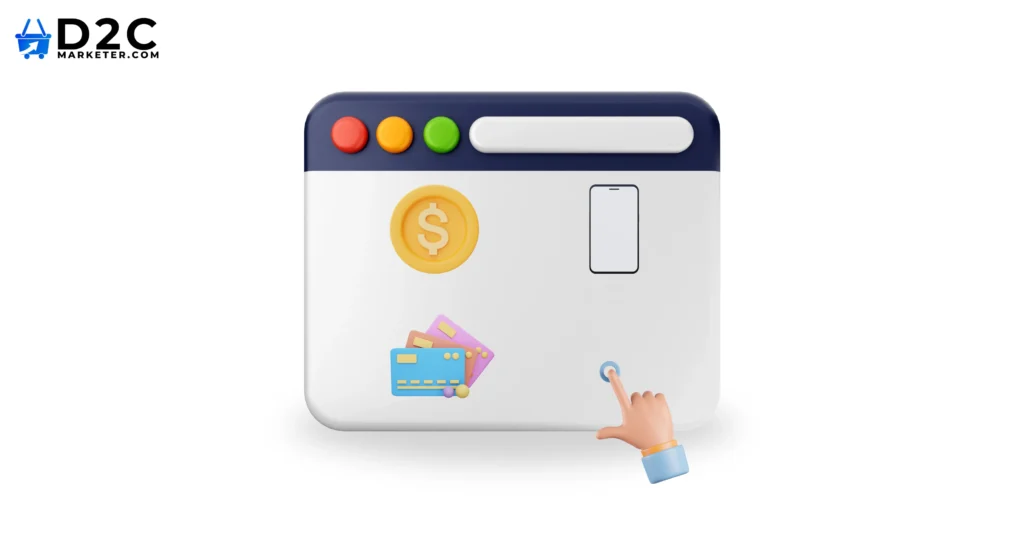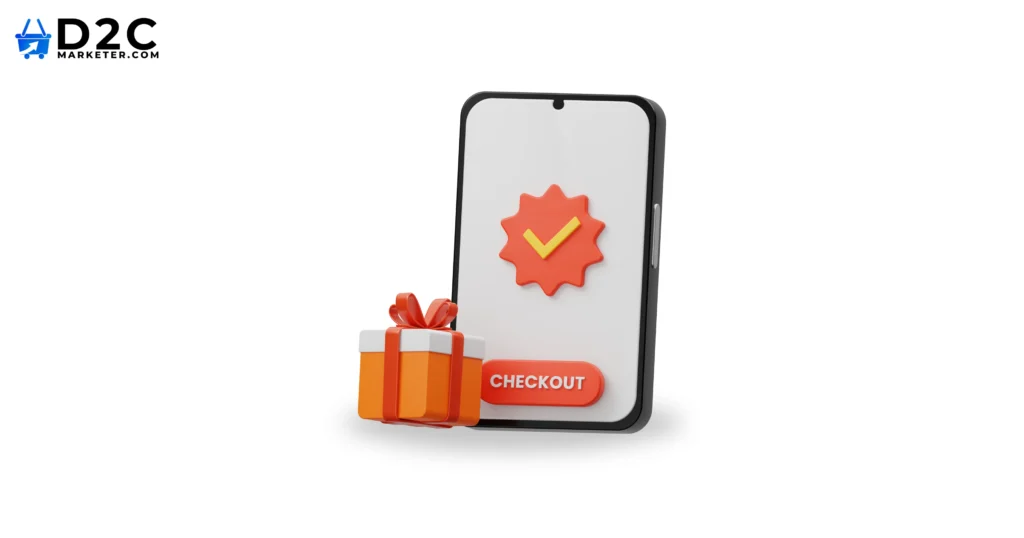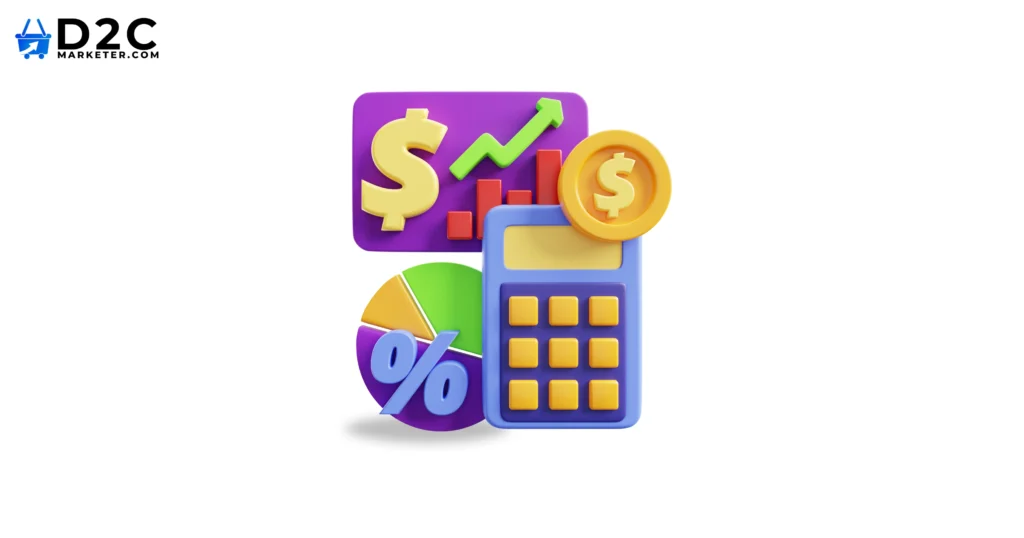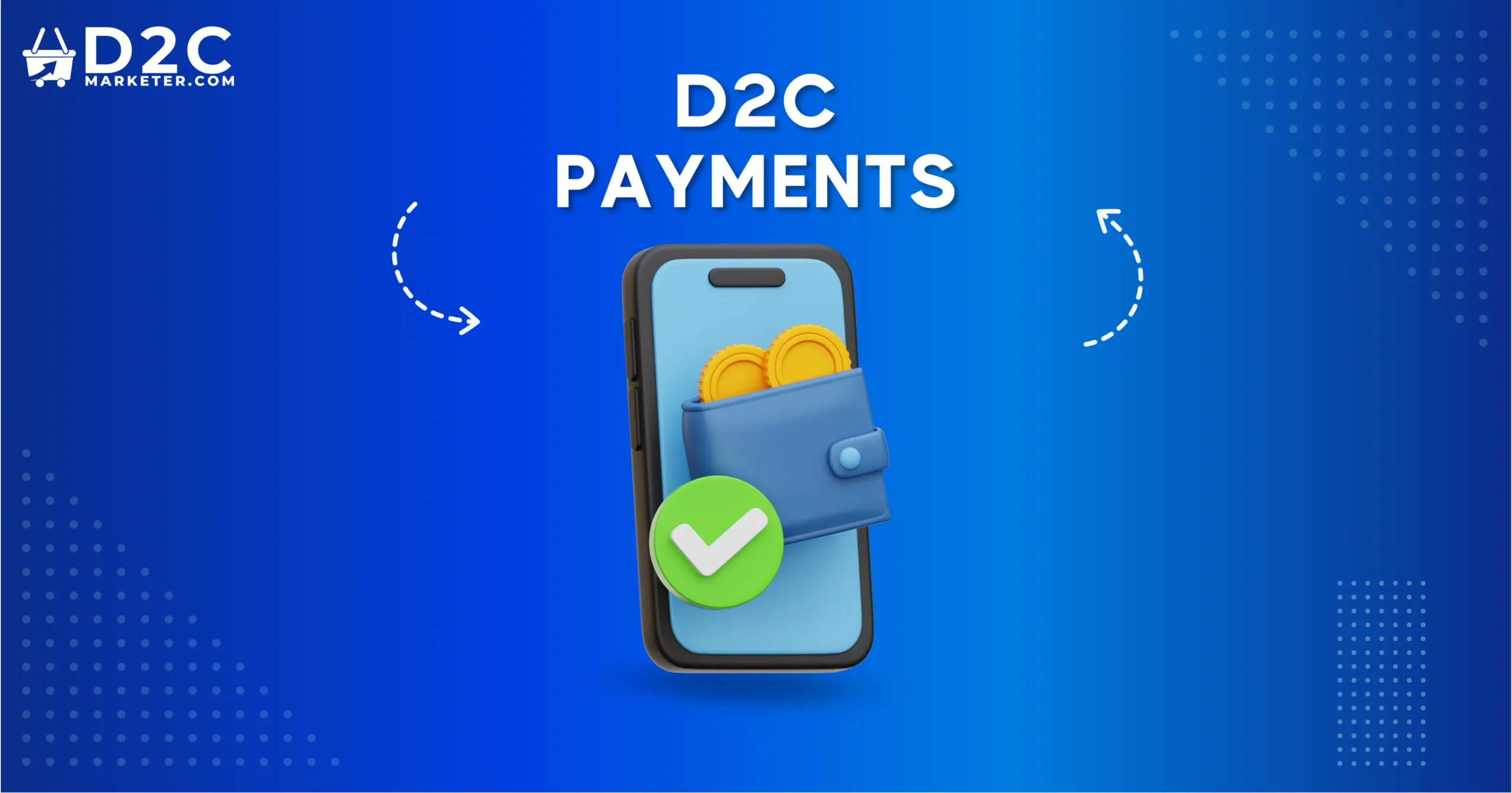Optimizing D2C Payments: Best Practices for a Seamless Customer Experience
In the world of direct-to-consumer (D2C) brands, making the payment process as smooth and simple as possible is essential for turning visitors into customers. After all, a frustrating checkout experience can lead to cart abandonment, and we all know how much that hurts sales. Today’s consumers expect a fast, secure, and flexible way to pay, so offering the right payment options is more important than ever. If you’re looking to boost D2C sales and improve your customer experience, optimizing your payment process is a great place to start.
In this post, we’ll explore the best D2C payments strategies, everything from payment methods to security, designed to help you make checkout easier, faster, and more secure for your customers.
Let’s dive into how you can start enhancing your best D2C payments strategy today!
Table of Contents
Offering Multiple Payment Options

When it comes to D2C payments, one of the simplest ways to keep your customers happy is by offering a range of payment options. Think about it, shoppers want flexibility. Some may prefer paying with their credit card, while others might want to use PayPal or even choose a “Buy Now, Pay Later” option like Razorpay. The more options you give them, the easier you make it for them to complete their purchase, and the less likely they are to abandon their cart.
Choosing the right payment methods really comes down to understanding your customers. Do they prefer using mobile wallets or traditional cards? Are they interested in BNPL services to spread out payments? By offering a mix of options that align with your audience’s preferences, you’re ensuring a smoother checkout experience.It’s also important to work with payment processors that are secure, reliable, and easy to integrate into your store. A seamless checkout process is a must for any successful direct-to-consumer marketing strategy. The right payment setup can help increase D2C sales and make shopping with your brand a hassle-free experience every time. Additionally, it’s one of the best D2C solutions to keep your customers coming back for more.
Ensuring Payment Security

When it comes to D2C payments, security is non-negotiable. Customers need to feel confident that their personal and payment details are safe, or they won’t complete their purchase. In fact, a lack of trust in payment security is one of the leading causes of cart abandonment. So, how can you ensure that your customers feel secure during checkout?
First, make sure you have an SSL certificate (Secure Sockets Layer). This encrypts sensitive data, like credit card information, ensuring that it’s securely transmitted between your customers and your website. Look for that little padlock icon in the browser, this is a visible sign to customers that their information is protected.
Next, be sure your business is PCI (Payment Card Industry) compliant. This is a set of security standards designed to protect cardholder information. It’s a must for any brand handling credit card payments and is part of the best D2C solutions to ensure a safe payment experience.
Lastly, adding two-factor authentication can further reassure customers that their account and payment info are safe. With two-factor authentication, customers must verify their identity using two methods, like a password and a code sent to their phone, before completing a transaction. It’s an extra layer of security that builds trust and shows your commitment to protecting their data.
Now, it’s not enough just to implement these security features behind the scenes. You also need to communicate them clearly to your customers. Simple, straightforward messaging like “Secure Checkout” or “Protected by SSL” can go a long way in reassuring them. Adding icons that represent your security features on the checkout page is another effective way to make customers feel safe.
By focusing on security, you’re not only safeguarding your customers but also strengthening your D2C brand strategy. When customers trust you with their data, they’re more likely to follow through on purchases and return for future transactions, helping you increase D2C sales and build long-term relationships. Security is, after all, a cornerstone of any successful direct-to-consumer marketing strategy.
Streamlining the Checkout Process

A smooth, fast checkout process is one of the most powerful ways to increase conversions and boost increased D2C sales. The reality is that if your checkout flow is too long, complicated, or confusing, customers will abandon their carts and look for a quicker, easier option. To avoid that, you need to focus on reducing friction at every step of the checkout process.
Start by simplifying your checkout form. The fewer fields a customer needs to fill out, the better. Only ask for essential information, things like shipping address, payment details, and email, and leave out unnecessary steps that can slow things down. If possible, allow customers to save their info for future purchases, which makes reordering a breeze and encourages repeat sales.
One of the best D2C solutions for streamlining the checkout process is implementing a one-click checkout option. If a customer has purchased from you before and stored their payment and shipping info, allow them to complete the transaction with just one click. This not only speeds up the process but also makes it feel like a seamless experience. No one likes having to re-enter their details every time they shop.
Another key strategy is offering guest checkout. While creating an account can have benefits for customer retention, forcing customers to sign up before they can complete a purchase is often a turn-off. By letting customers check out as guests, you remove a significant barrier and make the purchasing process faster and easier. If they love the experience, they’ll likely sign up later, but in the meantime, you’ve ensured a smoother path to purchase.
Optimizing the checkout experience is a critical part of any direct-to-consumer marketing strategy. By making it as easy as possible for customers to complete their purchases, you not only reduce cart abandonment but also build a better brand experience. When the checkout process is quick, secure, and convenient, it leads to higher conversions, repeat customers, and ultimately, increased D2C sales.
Payment Analytics and Optimization

When it comes to D2C payments, tracking and analyzing payment data is a game-changer. It’s not just about processing payments, it’s about understanding the full picture of how your customers are paying and where things might be going wrong. Payment analytics can help you identify bottlenecks, track success rates, and reduce those frustrating failed transactions that can cost you sales.
Start by reviewing your payment success rates. If a high percentage of payments are failing, you’ll want to dig deeper. Is it a problem with a specific payment method? Are there issues during checkout, like long processing times or error messages? By identifying these pain points, you can address them quickly and prevent future hiccups.
Using analytics tools, you can also track where customers tend to drop off in the payment process. Maybe they’re abandoning the cart at the payment screen, or they’re struggling with a particular payment option. These insights give you the data needed to optimize your checkout flow, offering the best D2C solutions to reduce friction and improve conversion rates.
Some common tools for payment analytics include Google Analytics, Stripe, and PayPal’s reporting features. These platforms give you the data you need to spot trends, like which payment methods are the most popular or which ones are causing the most issues. By regularly checking your analytics, you can make data-driven decisions to improve your D2C marketing strategies and ensure a smoother payment experience.
Another key practice is A/B testing different payment options. Try offering a few new payment methods and see which ones perform best. This simple step can help you find the most effective solutions for increasing D2C sales, all while improving the customer experience. The more you optimize, the better your payment process becomes, and that means happier customers and more sales in the long run.
Conclusion
Optimizing your D2C payments isn’t just about offering multiple payment methods or ensuring security, it’s about creating a seamless, trustworthy, and frictionless experience for your customers from start to finish. By streamlining your checkout process, providing diverse payment options, and using payment analytics to fine-tune your strategy, you’ll not only reduce cart abandonment but also increase conversions and build long-lasting customer loyalty. A smooth payment experience is a crucial part of any direct-to-consumer marketing strategy and plays a huge role in driving repeat business.
Ready to take your best D2C payments experience to the next level? Let D2CMarketer help you optimize your payment flow and boost your conversions with the best D2C solutions tailored to your brand’s needs.
Want to optimize your best D2C payments experience? Let D2CMarketer help you streamline your payment process and boost conversions.
FAQs
Multiple payment options can increase conversion rates, improve customer satisfaction, reduce cart abandonment, and expand your customer base by catering to diverse preferences.
Prioritize strong security measures like encryption, tokenization, and regular security audits. Choose a reputable payment processor with robust security protocols. Educate your customers about safe online payment practices.
Simplify the checkout form, minimize form fields, offer guest checkout, and implement one-click checkout options. Use a mobile-friendly checkout design and integrate with digital wallets for a seamless experience.
Payment analytics can provide insights into customer behavior, identify potential issues, optimize payment flows, and measure the effectiveness of different payment methods.
Consider factors like security features, transaction fees, integration capabilities, customer support, and compliance with industry standards. Choose a processor that aligns with your business needs and offers a user-friendly interface.

